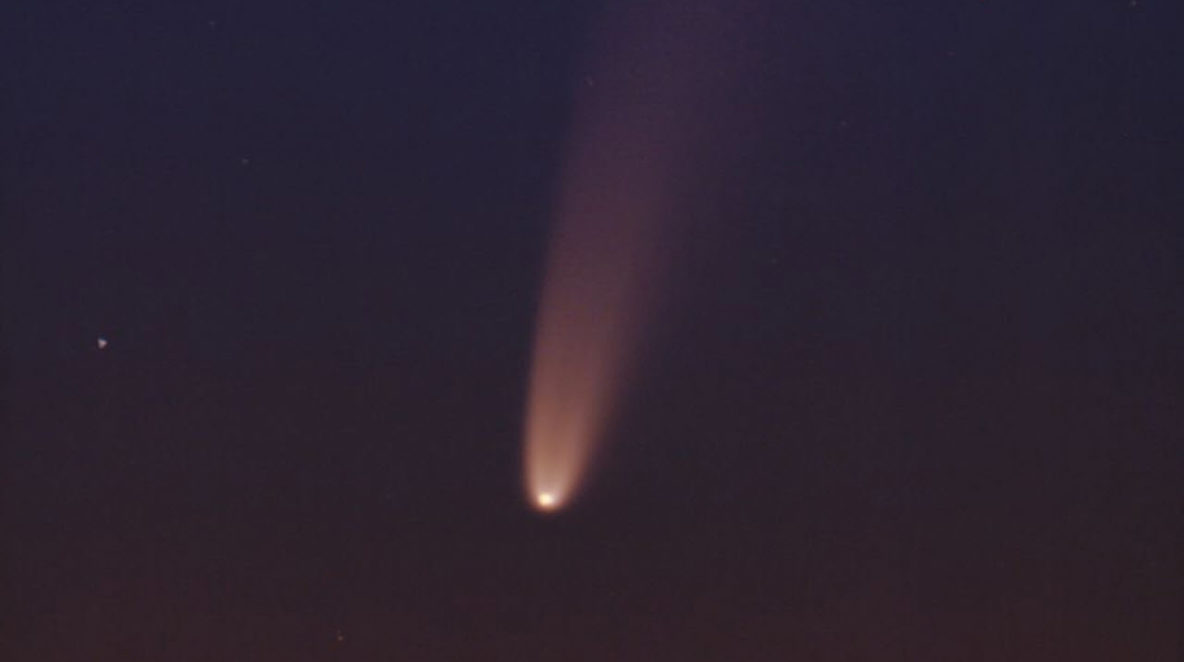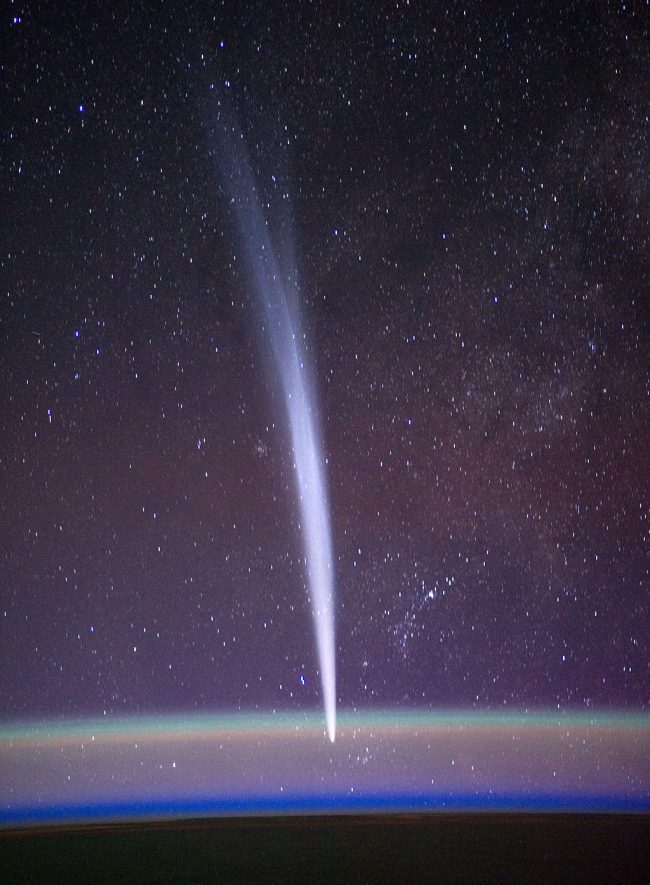

In addition, there is also still the possibility-albeit small-that the comet could split apart or fragment into several pieces. This brightening, called "forward scatter," could increase the brightness of the comet by as much as two magnitudes, so an impressive-albeit short-lived-surge in brightness might result from January 13-16.Īs such, Comet McNaught's brightness may possibly end up even rivaling the brilliant planet Venus, now currently visible in the early evening twilight sky. But the brightest part of the display may be yet to come.ĭue to the proliferation of dust in the comet, it is anticipated that there will be a brightness enhancement caused by the comet being located between us and the Sun.

This places Comet McNaught near the top of the list of the brightest comets that have appeared since 1935.

Observers around the Northern Hemisphere have reported the comet shining as brightly as magnitude -3.0, or more than four times brighter than Sirius, the brightest star in the sky. Indeed, as we pointed out in this column just a couple of years ago, we were due for a spectacular comet. Just after the start of the New Year it was becoming clear that Comet McNaught could conceivably be a dazzling object when closest to the Sun in mid-January. Since then the comet has continued to grow impressively in brightness. The comet went unobserved for nearly six weeks but was successfully recovered in the twilight toward the end of December.
#GREAT COMET PROFESSIONAL#
In addition, there was the opinion of several respected amateur and professional astronomers that the comet would completely disintegrate around the time of perihelion.

Watch Comet McNaught: Live Sun Cam (may load slowly).This would make the comet much brighter than most, but as a caveat, also potentially hide it in the Sun's glare.įrom August into early November the comet steadily increased in brightness, but not enough to prevent it becoming lost in the evening twilight by mid-November. 11, he announced that it was likely to pass well within the Earth's orbit-a distance of just 15.9 million miles (25.6 million kilometers)-today. As a result, this first computation suggested that the comet would come closest to the Sun (called "perihelion") in June 2007, and then not get much closer than about 145 million miles (233 million kilometers), or about the distance of the planet Mars.Īs more observations of the comet arrived, however, Marsden refined its orbit, and on Aug. 8, it was based on only a handful of observations. When Brian Marsden at the Smithsonian Observatory in Cambridge, Massachusetts first calculated the orbit of Comet McNaught (now catalogued as C/2006 P1) on Aug. McNaught described the comet-the 31st to bear his name-as magnitude 17.3-or about 25,000 times dimmer than the faintest object that human eyes can perceive without any optical aid. The images had been obtained as part of the Siding Spring Survey, whose mission is to contribute to the inventory of potentially hazardous asteroids (PHAs) and comets (PHOs) that may pose a threat of impact and thus harm to civilization. McNaught discovered this comet when it was a few degrees east of the "head" of Scorpius, on CCD images obtained with the observatory's Uppsala Schmidt telescope. 7 at Siding Spring Observatory, near Coonabarabran, New South Wales, Australia. The comet was discovered by astronomer Robert H. And beginning next week, it will head rapidly south and likely become a spectacle for skywatchers in the Southern Hemisphere. But Comet McNaught is now also visible to armchair astronomers via images posted to the Internet from the Solar and Heliospheric Observatory (SOHO) spacecraft.


 0 kommentar(er)
0 kommentar(er)
